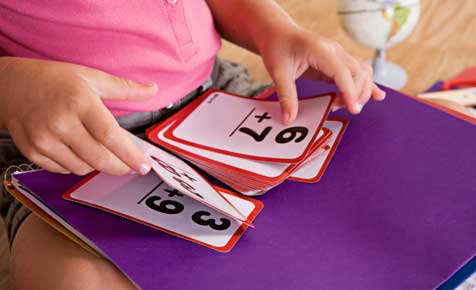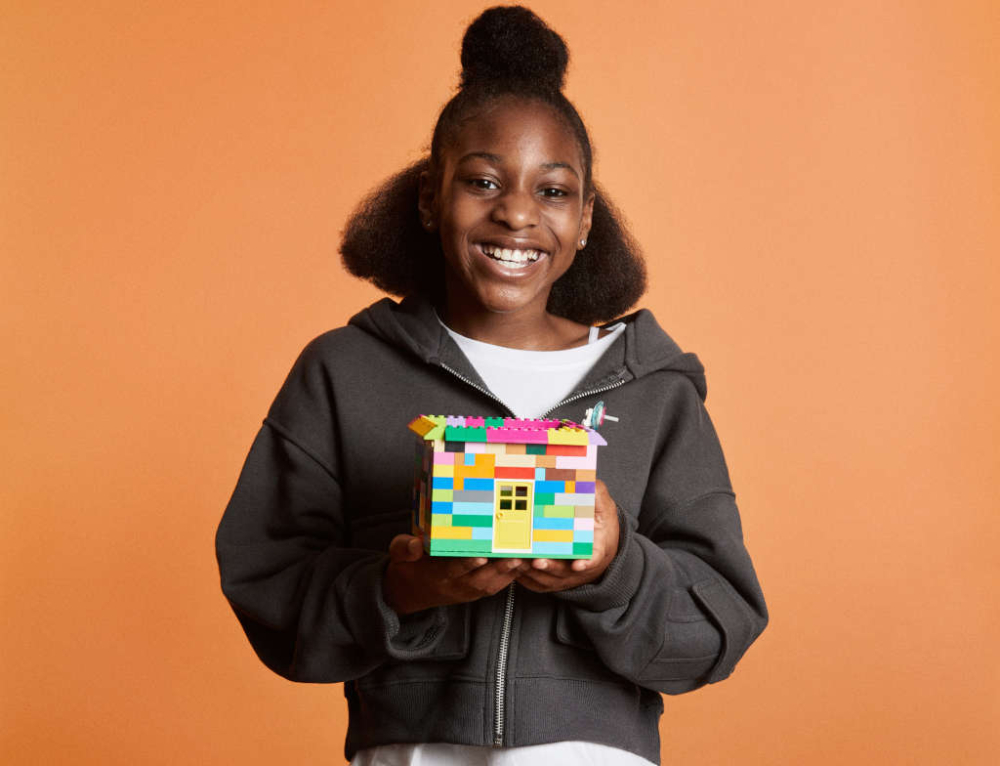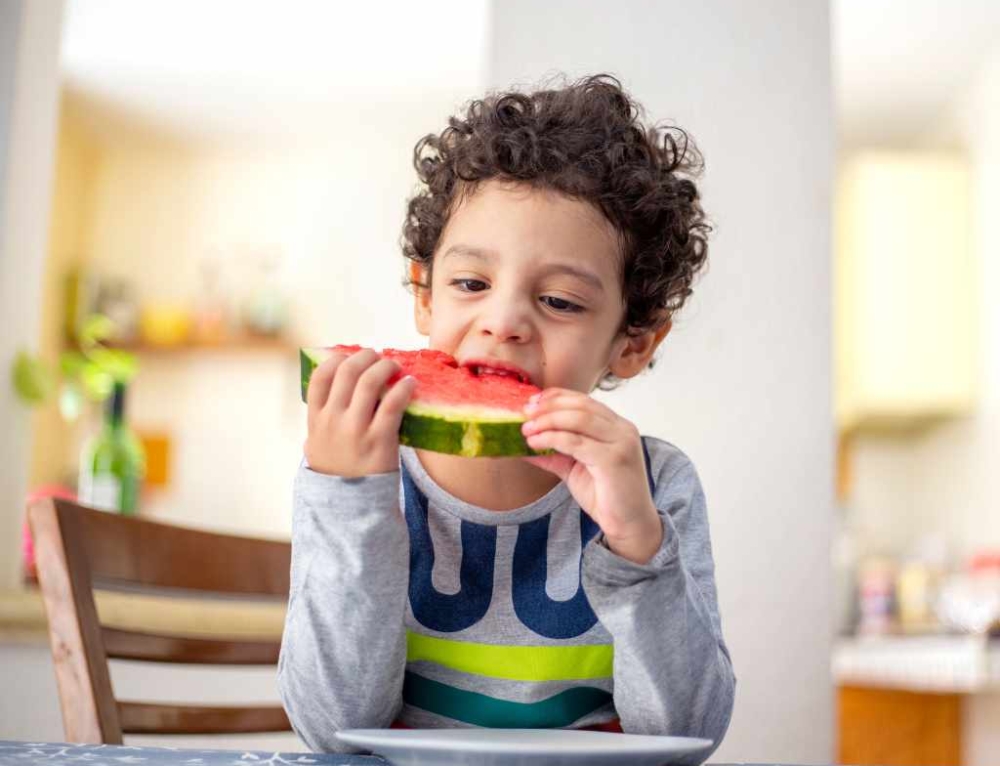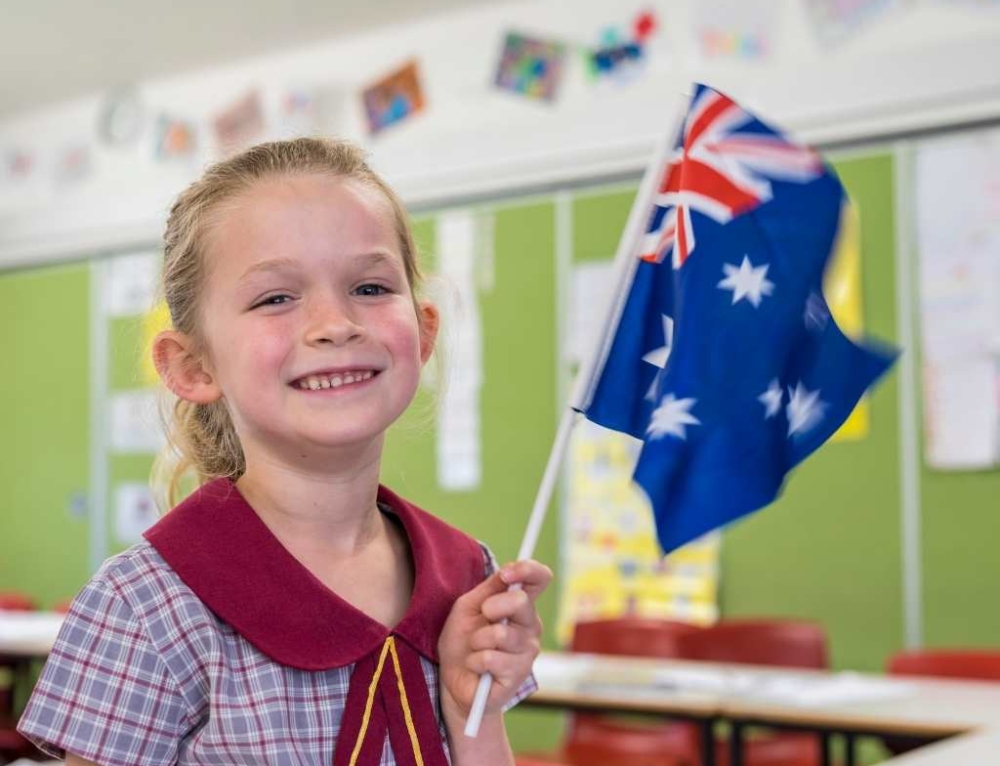Having learnt to recognise numerals and numbers to ten during the preschool years they are ready to learn to count and represent numbers through drawing and using concrete materials such as counters.
Children in this age bracket can progress in leaps or bounds, or develop skills at a steady pace. Please consider what you read below in the context of your own child’s unique development.
Types of numeracy skills 5-6 year olds can display
- Children who are 5-6 years of age are counting to 30 and able to represent numbers to 20. This means that they can link the number of objects to the numeral.
- Children are grouping objects into sets and learning to count by ones to determine the size of each set. At the beginning of the year a small number of children may still be figuring out how to accurately determine the number of items but most can work out sets (groups) of ten.
- Children of this age can commonly model subtraction by moving groups apart.
- They can use ordinal numbers and identify which object is first, second, last and second last in a race or diagram.
- Children at this stage of development are modelling multiplication and division by manipulating concrete materials to form equal groups as well as dividing amounts fairly.
- Children can recognise coins and notes and understand their purpose.
- Children are increasingly using mathematical language and linking their mathematical ideas. At this stage numeracy is very closely linked to measurement tasks.
- Children can commonly count backwards from 10 in the second half of the year.
- By the age of six many children can recognise numbers to 100. When recording counting children may begin to use tallies.
- Children will begin to start to solve simple everyday problems using number symbols. For example “if you had two blue balloons and two red balloons there would be 4 balloons all together which you could write 2+2=4.
- Children aged six may be able to count by 10s to 100, 10, 20, 30 etc.
- They are able to use comparative language such as ‘greater than’, ‘less than’ to describe groups of objects.
- Children of this age are now able to understand the concept of less with numbers lower than ten. For example students can identify “which is less 9 or 3?”
Important
The focus for children in this age group is to manipulate and play with objects so that they can develop clear links between their own environment and the maths concepts which they are learning. From this earliest age the goal is to focus on creating confidence in talking about numbers.
This article was written by Michelle Barrington for Kidspot, New Zealand’s leading education resource for parents from sources including Board of Studies, Victorian education documents and SA curriculum. Michelle is a teacher and mother who blogs at Gee, You’re Brave.







Leave A Comment
You must be logged in to post a comment.